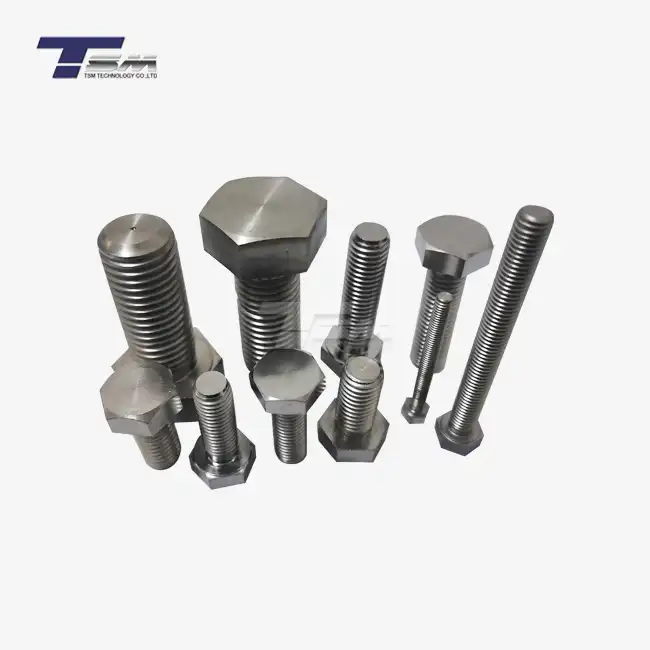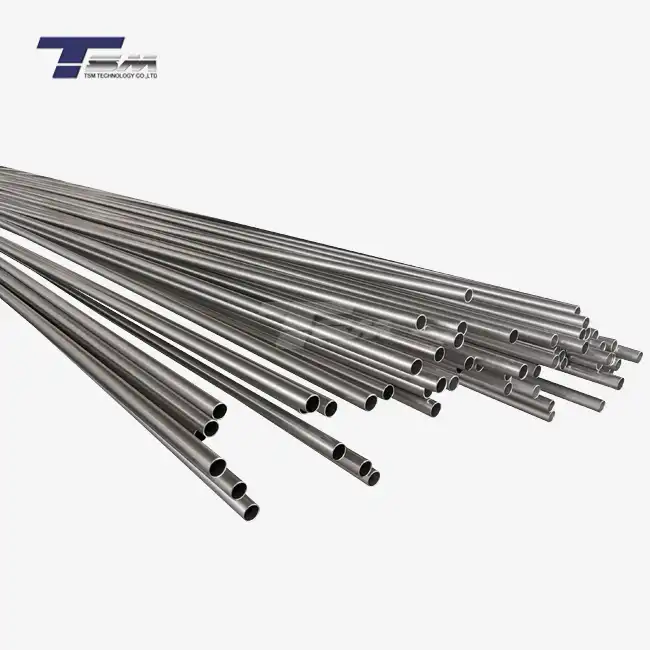- English
- French
- German
- Portuguese
- Spanish
- Russian
- Japanese
- Korean
- Arabic
- Greek
- German
- Turkish
- Italian
- Danish
- Romanian
- Indonesian
- Czech
- Afrikaans
- Swedish
- Polish
- Basque
- Catalan
- Esperanto
- Hindi
- Lao
- Albanian
- Amharic
- Armenian
- Azerbaijani
- Belarusian
- Bengali
- Bosnian
- Bulgarian
- Cebuano
- Chichewa
- Corsican
- Croatian
- Dutch
- Estonian
- Filipino
- Finnish
- Frisian
- Galician
- Georgian
- Gujarati
- Haitian
- Hausa
- Hawaiian
- Hebrew
- Hmong
- Hungarian
- Icelandic
- Igbo
- Javanese
- Kannada
- Kazakh
- Khmer
- Kurdish
- Kyrgyz
- Latin
- Latvian
- Lithuanian
- Luxembou..
- Macedonian
- Malagasy
- Malay
- Malayalam
- Maltese
- Maori
- Marathi
- Mongolian
- Burmese
- Nepali
- Norwegian
- Pashto
- Persian
- Punjabi
- Serbian
- Sesotho
- Sinhala
- Slovak
- Slovenian
- Somali
- Samoan
- Scots Gaelic
- Shona
- Sindhi
- Sundanese
- Swahili
- Tajik
- Tamil
- Telugu
- Thai
- Ukrainian
- Urdu
- Uzbek
- Vietnamese
- Welsh
- Xhosa
- Yiddish
- Yoruba
- Zulu
How Shot Peening Prevents Fatigue Failure in Metals?
Shot peening is a powerful technique that significantly enhances the fatigue resistance of metals, effectively preventing fatigue failure. This process works by bombarding the metal surface with small, hard particles called shot, creating a layer of compressive residual stress. This stress layer counteracts the tensile stresses that typically cause fatigue cracks to initiate and propagate. By inducing beneficial compressive stresses, shot peening significantly enhances the metal's resistance to cyclic loading, thereby extending its fatigue life. The process also hardens the surface, further increasing its strength and durability. As a result, shot peening has become an indispensable method in various industries for enhancing the performance and longevity of metal components subjected to repeated stress.
The Science Behind Shot Peening and Fatigue Prevention
Understanding Fatigue Failure in Metals
Fatigue failure is a common issue in metal components subjected to cyclic loading. It occurs when a material experiences repeated stress, even below its yield strength, leading to the formation and propagation of microscopic cracks. These cracks gradually grow until catastrophic failure occurs. Fatigue failure is particularly insidious because it can happen at stress levels well below a material's static strength, making it a critical concern in many engineering applications.
.

The Mechanism of Shot Peening
Shot peening is a cold working process that bombards the metal surface with small, round particles called shot. These particles, typically made of steel, ceramic, or glass, impact the surface at high velocities. Each impact creates a small dimple on the surface, causing the material beneath to yield in compression. As the shot rebounds, the compressed area tries to expand but is restrained by the surrounding elastic material, resulting in a residual compressive stress at the surface.
Compressive Stress Layer Formation
The key to shot peening's effectiveness lies in the formation of a compressive stress layer. This layer can extend from the surface to a depth of several hundred micrometers, depending on the shot peening parameters and material properties. The compressive stresses induced by shot peening are balanced by tensile stresses deeper in the material, creating a stress profile that significantly enhances the component's resistance to fatigue failure.
Benefits and Applications of Shot Peening in Fatigue Prevention
Enhanced Fatigue Strength and Life
The primary benefit of shot peening is the substantial increase in fatigue strength and life of metal components. By creating a compressive stress layer, shot peening effectively closes existing microcracks and prevents new ones from forming. This can lead to improvements in fatigue life ranging from 15% to over 1000%, depending on the material and application. For instance, shot peening has been shown to increase the fatigue strength of steel springs by up to 70%, greatly extending their service life in automotive and aerospace applications.
Stress Corrosion Cracking Resistance
Shot peening also enhances a metal's resistance to stress corrosion cracking (SCC). SCC occurs when a material is subjected to both tensile stress and a corrosive environment. The compressive stress layer induced by shot peening counteracts the tensile stresses that drive SCC, making the material more resistant to this form of failure. This is particularly valuable in industries like oil and gas, where components are often exposed to harsh, corrosive environments.
Versatility Across Industries
The versatility of shot peening makes it applicable across a wide range of industries. In aerospace, it's used to treat turbine blades, landing gear components, and structural elements to improve their fatigue performance. The automotive industry employs shot peening on gears, crankshafts, and suspension components. In power generation, shot peening is applied to steam turbine blades and nuclear reactor components. Even in the medical field, shot peening is used to enhance the durability of implants and surgical instruments.
Optimizing Shot Peening for Maximum Fatigue Prevention
Critical Process Parameters
To maximize the fatigue prevention benefits of shot peening, several critical parameters must be carefully controlled. These include shot size, material, and velocity; peening intensity; and coverage. The shot size and material affect the depth and magnitude of the compressive stress layer. Peening intensity, typically measured using Almen strips, determines the energy transferred to the surface. Coverage, expressed as a percentage of the surface area impacted, ensures uniform treatment. Optimizing these parameters requires a deep understanding of both the shot peening process and the specific material being treated.
Advanced Shot Peening Techniques
Recent advancements in shot peening technology have led to more sophisticated techniques for enhancing fatigue prevention. Ultrasonic shot peening, for example, uses high-frequency vibrations to accelerate the shot, allowing for more precise control and the ability to treat complex geometries. Laser shock peening, while not technically a shot peening process, uses laser-induced plasma to create deep compressive stresses, offering even greater fatigue resistance improvements in certain applications.
Quality Control and Process Monitoring
Ensuring consistent and effective shot peening requires robust quality control measures. X-ray diffraction can be used to measure residual stresses non-destructively, verifying the depth and magnitude of the compressive layer. Almen strip tests provide a standardized method for measuring peening intensity. Advanced monitoring systems can track shot velocity, flow rate, and other parameters in real-time, ensuring process stability. Regular calibration and maintenance of shot peening equipment are also crucial for maintaining optimal performance and repeatability.
Conclusion
Shot peening stands as a powerful and versatile technique for preventing fatigue failure in metals. By inducing a layer of compressive residual stress, it significantly enhances the fatigue strength and life of metal components across various industries. The process's ability to improve resistance to stress corrosion cracking further expands its value in challenging environments. As technology advances, optimizing shot peening parameters and exploring new techniques continue to push the boundaries of what's possible in fatigue prevention. For industries relying on the performance and longevity of metal components, shot peening remains an indispensable tool in the fight against fatigue failure.
Contact Us
For more information on how TSM TECHNOLOGY can help you leverage shot peening and other advanced metal treatment processes to enhance the performance of your superior nickel alloys and special metals, please contact us at info@tsmnialloy.com. Our team of experts is ready to assist you in optimizing your metal components for maximum durability and reliability.
References
Smith, J.K. and Johnson, R.L. (2019). "Advances in Shot Peening for Fatigue Life Extension in Aerospace Applications." Journal of Materials Engineering and Performance, 28(4), 2145-2158.
Chen, X., Wang, Y., and Zhang, L. (2020). "Optimization of Shot Peening Parameters for Improved Fatigue Resistance in High-Strength Steels." International Journal of Fatigue, 134, 105484.
Rodriguez, A., et al. (2018). "Comparative Study of Conventional and Ultrasonic Shot Peening on Fatigue Performance of Nickel-Based Superalloys." Surface and Coatings Technology, 350, 1085-1096.
Thompson, M.K. and Gordon, T.J. (2021). "Shot Peening in the Context of Industry 4.0: Process Monitoring and Control." Journal of Materials Processing Technology, 292, 117058.
Yamada, K. and Takahashi, K. (2017). "Influence of Shot Peening on Stress Corrosion Cracking in Austenitic Stainless Steels." Materials Science and Engineering: A, 707, 241-250.
Brown, E.L. and White, S.P. (2020). "Advancements in Residual Stress Measurement Techniques for Shot Peened Components." Experimental Mechanics, 60(2), 171-185.
Learn about our latest products and discounts through SMS or email



